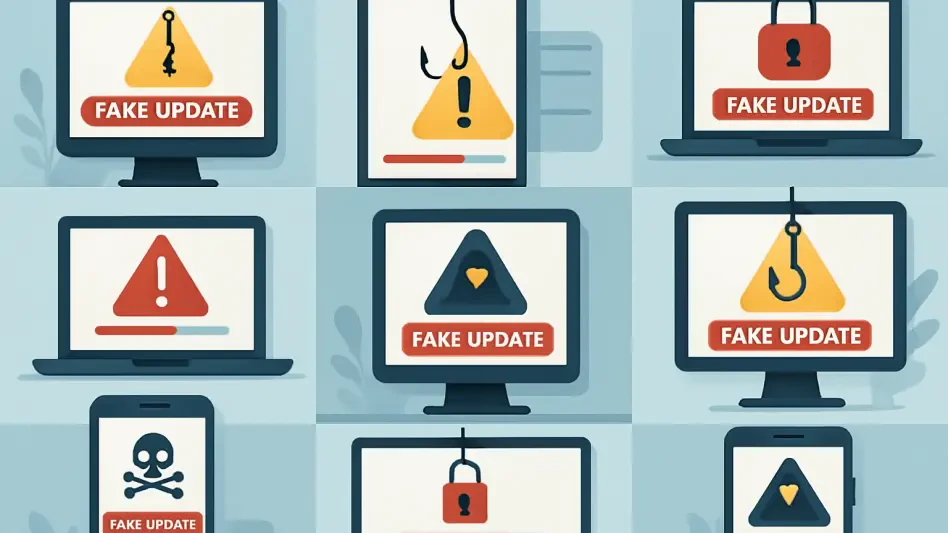A new wave of sophisticated phishing attacks is now targeting iPhone users, illustrating the adaptive techniques hackers employ to outsmart security measures. Typically, Apple’s security features aim to protect users by disabling hyperlinks in iMessages received from unknown senders. Scammers, however, have devised cunning methods to circumvent these safeguards, highlighting their persistence and the ever-evolving nature of phishing schemes. The growing trend involves manipulating recipient behavior to reactivate links or directly copy and paste them into browsers, thus increasing the risk of successful fraud attempts.
Many phishing attempts center around exploiting familiar behaviors, such as responding instinctively to seemingly routine messages like appointment reminders or surveys. This creates a false sense of security among users, making them more likely to fall for these deceptive tactics. By convincing recipients to interact with the message, scammers effectively neutralize Apple’s security protocols designed to invalidate hyperlinks from unrecognized contacts. Once the recipient responds or follows the provided instructions, the malicious link becomes functional, potentially leading to compromised sensitive information or unauthorized access to personal accounts.
The Evolution of Phishing Tactics
The ingenuity of these phishing scams lies in their ability to adapt and evolve alongside technological advancements. While previous methods relied on straightforward hyperlinks to lure users into phishing traps, the current tactics are more nuanced and insidious. By instructing the recipient to reply to the message, which reactivates disabled links, or advising them to manually enter the URL in a web browser, scammers can bypass initial security barriers. This evolution underscores the necessity for users to remain vigilant and discerning when dealing with unexpected or unknown communications.
Moreover, the scam’s clever design leverages habitual user actions, adding another layer of complexity to phishing attacks. As people grow accustomed to responding to text messages for various reasons, the likelihood of falling victim to these schemes increases. The seamless integration of everyday tasks and malicious intent blurs the line between legitimate interactions and fraudulent activities. Consequently, understanding these evolving tactics and recognizing signs of phishing attempts is crucial for users to protect themselves from potential attacks.
Preventive Measures for Users
Given the sophisticated nature of these phishing attacks, it is imperative for iPhone users to be extra cautious. Users should avoid interacting with messages from unknown senders and should be skeptical of unexpected messages requesting actions such as clicking links or providing personal information. Employing additional security measures, such as enabling two-factor authentication and regularly updating software, can also help mitigate risks. Remaining aware of the latest phishing tactics and maintaining a healthy degree of skepticism can play a significant role in preventing successful phishing attempts.







